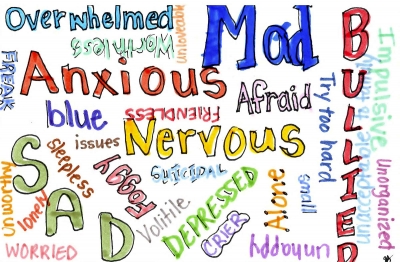Therapy is generally used in response to a variety of specific or non-specific manifestations of clinically diagnosable and/or existential crises. Treatment of everyday problems is more often referred to as counseling (a distinction originally adopted by Carl Rogers). However, the term counseling is sometimes used interchangeably with "psychotherapy".
While some psychotherapeutic interventions are designed to treat the patient using the medical model, many psychotherapeutic approaches do not adhere to the symptom-based model of "illness/cure". Some practitioners, such as humanistic therapists, see themselves more in a facilitative/helper role. As sensitive and deeply personal topics are often discussed during psychotherapy, therapists are expected, and usually legally bound, to respect client or patient confidentiality. The critical importance of confidentiality is enshrined in the regulatory psychotherapeutic organizations' codes of ethical practice.
What is Psychotherapy?
Most forms of psychotherapy use spoken conversation. Some also use various other forms of communication such as the written word, artwork, drama, narrative story or music. Psychotherapy with children and their parents often involves play, dramatization (i.e. role-play), and drawing, with a co-constructed narrative from these non-verbal and displaced modes of interacting.[10] Psychotherapy occurs within a structured encounter between a trained therapist and client(s). Purposeful, theoretically based psychotherapy began in the 19th century with psychoanalysis; since then, scores of other approaches have been developed and continue to be created.

